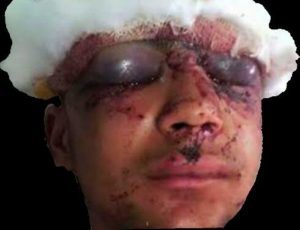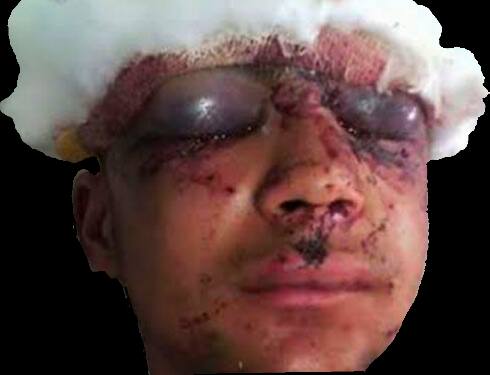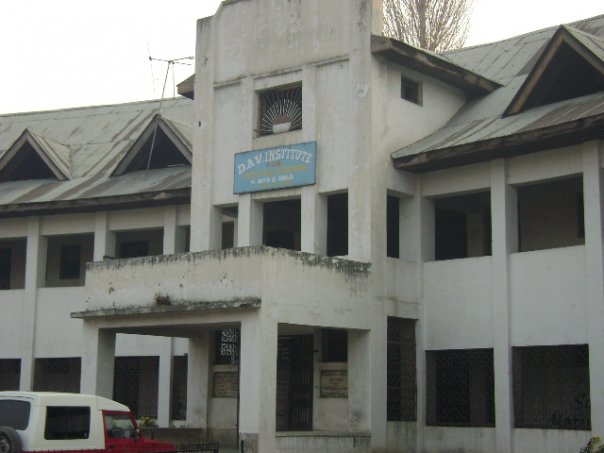Haven’t seen such scale of injuries in recent times: Prof Kumar
 A team of eye-specialists from All India Institute of Medical Sciences New Delhi, which was rushed to Kashmir to assist the State Government in treating people injured due to pellets, on Thursday compared the magnitude of damage caused by the “lethal” weapon to a “war-like situation”.
A team of eye-specialists from All India Institute of Medical Sciences New Delhi, which was rushed to Kashmir to assist the State Government in treating people injured due to pellets, on Thursday compared the magnitude of damage caused by the “lethal” weapon to a “war-like situation”.
The three-member team, headed by ophthalmologist Prof Sudarshan K Kumar, examined 60 patients with injuries in retina after its arrival from New Delhi.
“I haven’t seen such number of (pellet) injuries in recent years but in war-like situation you will get lot of injuries,” Prof Kumar expressed his views with authorities of SMHS hospital after examining the patients.
The hospital has received 123 patients including minors and teenagers with pellet injuries to their eye(s), mostly from south Kashmir.
While 102 such patients have been operated upon at the SMHS hospital in the past six days, five of them, according to doctors, have completely lost one of their eyes.
Giving details about the nature of the injuries, the AIIMS doctor said there were patients with damage to retina and lens and also some patients have developed cataract formation (opaqueness).
“The situation is bad, it is intense. The pellets have done damage to their eyes…70 to 80 percent of them (patients) will gain ‘some vision’ after undergoing multiple surgical interventions. There are certain damages which can be reversed but we will have to wait and watch. Some of them may regain 20 percent (vision) and some 40 percent; some may even recover fully but even if one eye is fully functional the patient won’t be normal,” said Prof Kumar, who was flanked by two other specialists from AIIMS, Dr Rohan Chawla and Dr Ganesh Pillia.
To a question about the State Government policy to continue with the use of pellet guns, Prof Kumar said: “It (pellet guns) should not be used. Violence in any form is not answer to anything.”
The AIIMS team however appreciated the work done by the doctors at SHMS in treating the eye injury cases. “These people have done a remarkable job. The kind of repairs they have done and the way they have avoided infection is a wonderful job,” said Prof Kumar.
He said the facilities at SMHS for treating eye injury patients were at par with AIIMS.
The pellets – tiny ball bearings – come in grades of 5 to 12—5 being the fastest and most damaging, said a police official, adding the preferred pellet grade in Kashmir was 6 and 8. The official said one cartridge contains 400-500 pellets.
Human rights activist Mannan Bukhari who has documented the pellet injuries in his 283-page book, ‘Kashmir – Scars of Pellet Gun’ since 2010, said at least 10 people have been killed and more than 1500 seriously injured due to the use of pellets by the forces on the protestors from 2010 to 2014.
A senior doctor at the Ophthalmology Department said apart from 123 eye injury cases at SMHS, there were around 28 patients with pellet injury in their eyes undergoing treatment at JVC hospital Bemina.
“The SKIMS Institute (the tertiary care hospital) has also admitted eye injury cases. In total the number of eye injury cases is more than 150,” said the doctor.






